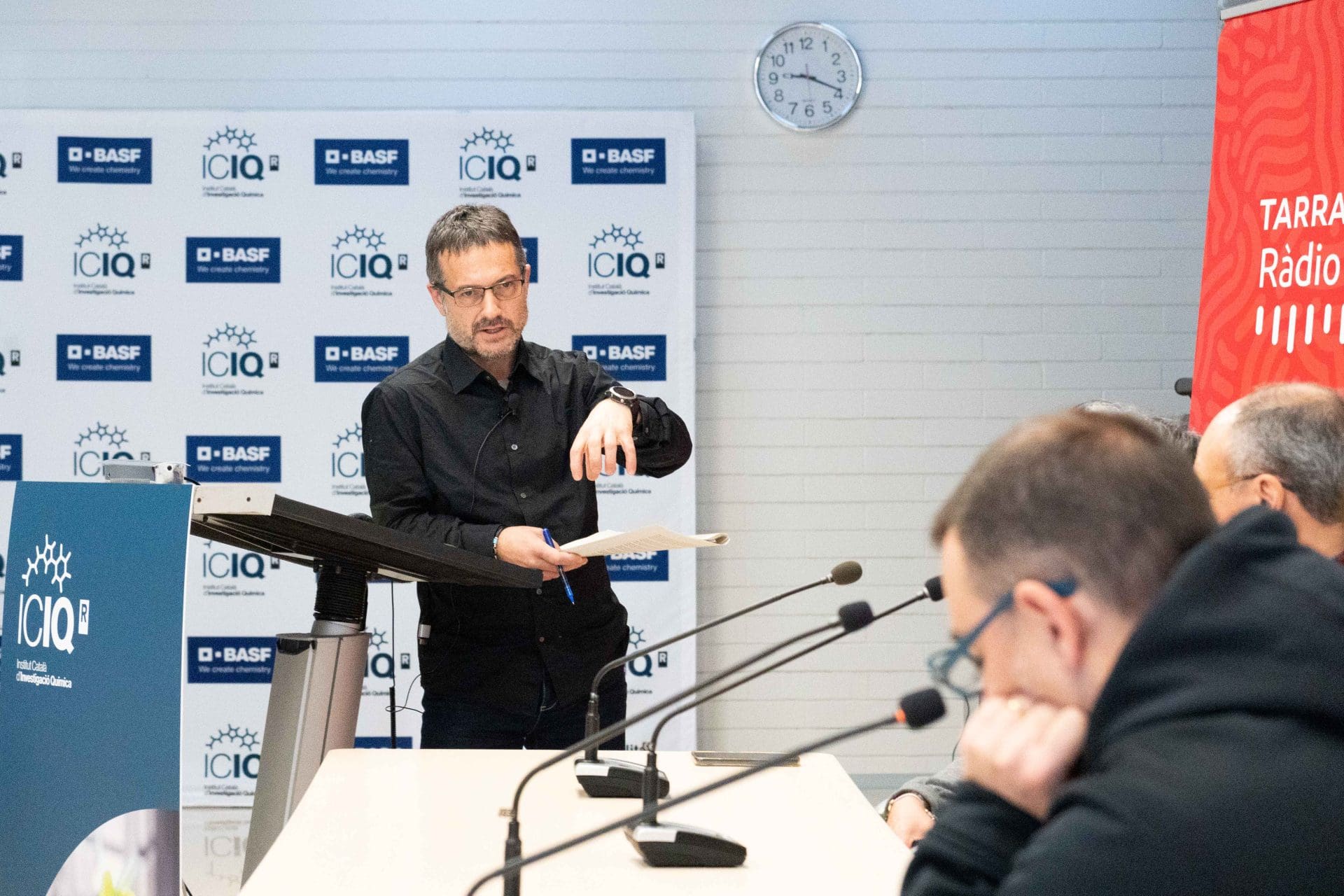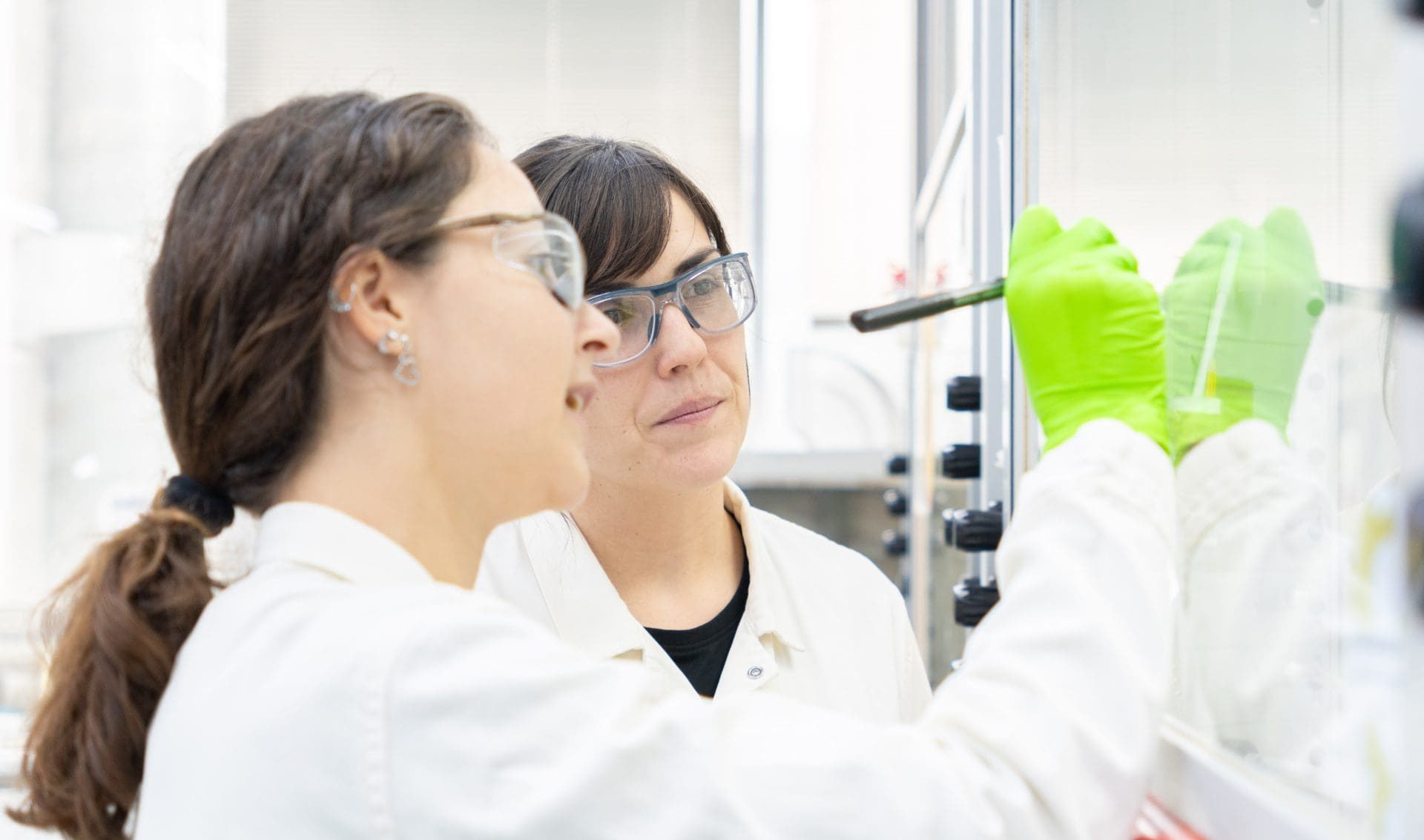SAMs: promising materials for the further development of perovskite-based LEDs
Perovskite-based light emitting diodes (PeLEDs) have been studied for the excellent emission properties of metal halide perovskites, but they still have disadvantages such as the toxicity of their components, or limitations concerning long-term stability or efficiency.
Dra. Martínez-Ferrero from Palomares research group lead a collaboration with the group of Prof. Liberato Manna from Genova, Italia, have demonstrated the ability of self-assembled molecules (SAMs) to improve the power conversion efficiency and increase the device stability compared to conventional organic hole transport layers.
SAMs are organic moieties that act as hole transport materials (HTM) to improve charge injection and the stability of LEDs. In this study, recently published in the Journal of Materials Chemistry C (J. Mater. Chem. C.), two carbazole-based self-assembled molecules: EADR03 (4-(3,6-bis(2,4-dimethoxyphenyl)-9H-carbazol-9-yl) benzoic acid) and EADR04 (4’-(3,6-bis(2,4-dimethoxyphenyl)-9H-carbazol-9-yl)-[1,1’-biphenyl]-4-carboxylic acid) have been explored. The fine tuning of the SAMs structure contributes to improve the lifetime of these promising LEDs.
This is one of the first examples where SAMs have been applied as selective contacts in PeLEDs.
The substitution of conventional polymers used as HTM by SAMs simplifies the device architecture, avoids interlayer mixing and lowers the cost of the materials and of the final device because the amount of material is reduced.
The next goal is to optimize the type of self-assembled molecules in order to achieve better efficiencies.
Reference article:
Kumari, S., Sánchez, J.G., Imrab, M., Aktas, E., González, D.A., Manna, L., Martínez-Ferrero, E. & Palomares, E.
Self-assembled molecules as selective contacts in CsPbBr3 nanocrystal light emitting diodes. J. Mater. Chem. C. https://doi.org/10.1039/d2tc03536g
Related news

Let's create a brighter future
Join our team to work with renowned researchers, tackle groundbreaking
projects and contribute to meaningful scientific advancements








 17-02-2025
17-02-2025 


















